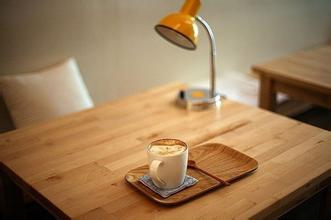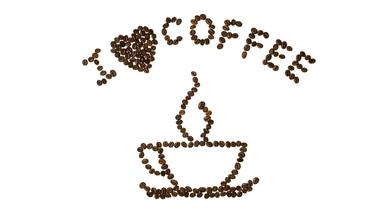Disassembly of coffee roaster-brand structure diagram of hot air coffee roaster
Disassembly of coffee roaster-brand structure diagram of hot air coffee roaster
The drum structure of direct fire type and semi-hot air type is very different, but the basic condition is that the stirring blade which can bake beans evenly is also suitable for rotating speed. If you put as many raw beans as the capacity of the roaster, it will cause uneven baking and difficult exhaust. Most of the causes come from the structure of stirring blades. The roaster pushes the beans to the front of the drum according to the centrifugal force generated during rotation, so that the beans are fixed in a ball. In general, it is best to bake up to 80% of the beans.
Smoke exhaust equipment:
Raw beans in baking produce quite a lot of dust, broken layers, and silver skins, and dust collectors are the machines that collect these things. There is a horizontal pipe connection between it and the roaster, and then to the chimney outside the house. The curved part of the chimney will cause turbulence, so it is installed in a straight line as far as possible, so that the chimney extends to a considerable height. The chimney is not just a simple exhaust outlet, it is also its job to extract the air accumulated in the dust collector.
Cooling device:
If the beans are not cooled immediately after baking, the beans will continue to bake with their own waste heat, which will make the taste more bitter.
1. With regard to flamethrowers, machines that use fire generally use in-line fire rows / round flamethrowers.
Sandou's view is that the in-line fire row is flushed directly against the boiler, which can easily lead to bean scorching. The round fire head because the flame is relatively soft, so it is not easy to scorch the beans.
Personally, I think this statement is not very reliable. Welcome to discuss it.
2. With regard to boiler materials, stainless steel and cast iron boilers, in terms of thermal conductivity, stainless steel boilers are worse, and stainless steel has better ductility (ductility coefficient needs to be considered when making boilers). My L2 is a stainless steel boiler. The cast iron inner pot has good thermal conductivity and poor ductility. At present, most of the inner pot still uses cast iron. As for the far-infrared layer, just say that infrared baking can significantly reduce the baking R D value (proved by experimental data), I do not like to use the far-infrared layer of the inner pot to bake single beans.

Important Notice :
前街咖啡 FrontStreet Coffee has moved to new addredd:
FrontStreet Coffee Address: 315,Donghua East Road,GuangZhou
Tel:020 38364473
- Prev

Italian coffee machine structure internal structure diagram working principle diagram of cooking head
The working principle diagram of the brewing head of the Italian coffee machine is usually equipped with a boiler to generate hot water, which is pressurized to about 9 atmospheric pressure and then flows through the powdered coffee beans in the metal filter to brew the coffee. The coffee brewed by this pressurized hot water is thicker and has emulsified oil, often called espresso or espresso. There are many kinds of Italian coffee machines.
- Next

Description of characteristics and Flavor of Iron pickup Coffee introduction of manor varieties in grinding scale production area
If it is used to make instant coffee or general commercial beans, high-yielding catimor is a good choice, but if you want to look for Yunnan specialty coffee, then the old variety Tieka has become the first because of its congenital excellent gene.
Related
- Beginners will see the "Coffee pull flower" guide!
- What is the difference between ice blog purified milk and ordinary milk coffee?
- Why is the Philippines the largest producer of crops in Liberia?
- For coffee extraction, should the fine powder be retained?
- How does extracted espresso fill pressed powder? How much strength does it take to press the powder?
- How to make jasmine cold extract coffee? Is the jasmine + latte good?
- Will this little toy really make the coffee taste better? How does Lily Drip affect coffee extraction?
- Will the action of slapping the filter cup also affect coffee extraction?
- What's the difference between powder-to-water ratio and powder-to-liquid ratio?
- What is the Ethiopian local species? What does it have to do with Heirloom native species?

